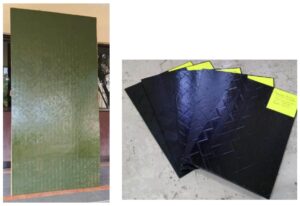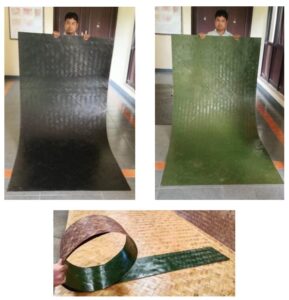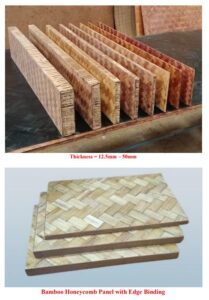1. Executive Summary
Bamboo pulp and paper production is an eco-friendly alternative to traditional wood-based paper manufacturing. Bamboo grows rapidly, making it a sustainable raw material for the paper industry. This project report details the investment, production process, and financial feasibility of setting up a bamboo pulp and paper mill.
2. Industry Overview
The paper industry in India is shifting towards sustainable raw materials due to increasing environmental concerns. Bamboo-based paper products have significant market potential in packaging, printing, and hygiene paper segments.
3. Project Description
3.1. Product
- Bamboo Pulp (Bleached and Unbleached)
- Writing & Printing Paper
- Tissue Paper & Napkins
- Packaging Paper & Corrugated Sheets
- Specialty Papers (Banknote Paper, Art Paper, etc.)
3.2. Manufacturing Process
- Raw Material Procurement: Sourcing matured bamboo poles from suppliers.
- Chipping: Cutting bamboo into small chips for pulping.
- Cooking & Pulping: Bamboo chips are processed with chemicals to extract cellulose fiber.
- Washing & Screening: Removal of residual chemicals and impurities.
- Bleaching (if required): Brightening the pulp for white paper production.
- Paper Formation: Pulp is converted into sheets using paper-making machines.
- Drying & Calendering: Drying the sheets and smoothing them for final use.
- Cutting & Packaging: Sizing and packaging paper rolls or sheets for distribution.
4. Market Potential
Bamboo pulp and paper products have high demand in:
- Domestic Market: Printing presses, packaging industry, schools, offices.
- Export Market: China, Europe, USA, Middle East.
5. Investment Requirements
5.1. Fixed Capital
| Item | Cost (INR) |
|---|---|
| Land (5000 sq. ft. on Rent) | |
| Machinery (Chippers, Pulping, Bleaching, Paper Machines) | |
| Boilers & Chemical Recovery Systems | |
| Drying & Finishing Equipment | |
| Packaging & Labeling Unit | |
| Office Setup & Miscellaneous | |
| Total Fixed Capital |
5.2. Working Capital (for 3 months)
| Item | Monthly Cost (INR) | Total (for 3 months) (INR) |
|---|---|---|
| Raw Materials (Bamboo, Chemicals, Water) | ||
| Labor (20 Workers @ 20,000 each) | ||
| Electricity & Utilities | ||
| Marketing & Promotion | ||
| Transportation | ||
| Miscellaneous | ||
| Total Working Capital |
Total Investment Required
Fixed Capital + Working Capital =
6. Revenue Model & Profit Calculation
6.1. Production Capacity
- Machine Output:
- Monthly Production:
- Selling Price (Wholesale):
- Monthly Revenue:
6.2. Operating Cost
| Item | Monthly Cost (INR) |
|---|---|
| Raw Materials | |
| Labor | |
| Utilities & Maintenance | |
| Packaging & Marketing | |
| Transportation | |
| Miscellaneous | |
| Total Cost |
6.3. Profit Calculation
| Parameter | Amount (INR) |
|---|---|
| Revenue | |
| Operating Cost | |
| Gross Profit | |
| Rent & Misc. Overheads | |
| Net Profit |
7. Break-Even Analysis
Break-even point (BEP) = Fixed Cost / (Selling Price – Variable Cost per unit)
- Fixed Cost:
- Selling Price per metric ton:
- Variable Cost per metric ton:
- Contribution Margin per metric ton:
- Break-even Production =
- BEP in Sales: =
8. Risk & Mitigation Strategies
Risks:
- Raw Material Supply Issues – Partner with bamboo farmers to ensure continuous supply.
- Regulatory Compliance – Obtain necessary environmental and pollution control licenses.
- Market Fluctuations – Develop multiple product lines to mitigate demand variations.





